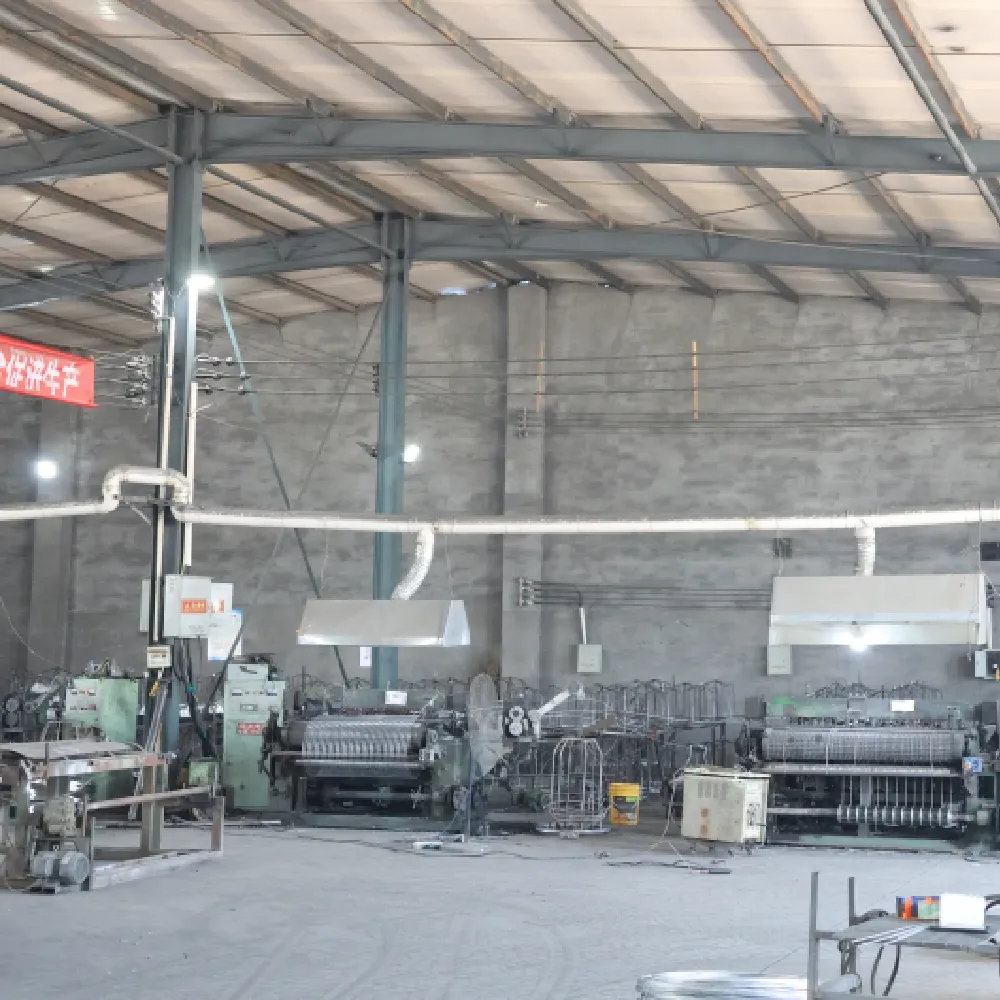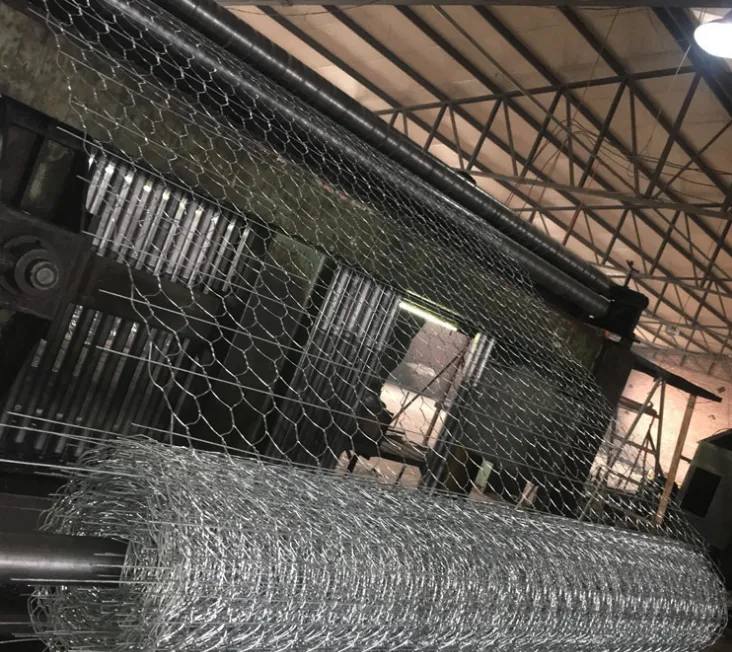When determining the cost per foot of a chain link fence, several factors significantly influence the overall pricing. These factors include material quality, height, gauge, coating, and even geography, each presenting unique considerations. For those seeking well-rounded expertise, understanding these variables is paramount in making a well-informed purchasing decision.

Chain link fences have been a staple in residential and commercial properties due to their durability, affordability, and versatility. The cost per foot is influenced first and foremost by the material’s quality. Chain link fences are typically made from galvanized steel, vinyl-coated steel, or aluminum. Galvanized steel is the most commonly used material owing to its reasonable price and rust-resistant properties. Vinyl-coated steel, while slightly more expensive, offers additional protection from the elements and adds an aesthetic appeal due to its variety of color options. Aluminum, though costlier, is chosen for its lightweight nature, corrosion resistance, and ease of installation. Therefore,
the choice of material directly impacts the cost per foot.
Height is another critical factor. Standard residential chain link fences are typically 4 to 6 feet in height, while those required for security purposes, such as in commercial areas, can reach up to 12 feet or more. Understandably, the taller the fence, the more expensive it becomes. This is due to the added material required as well as the need for more robust support structures to maintain stability. Hence, assessing the purpose of the fence can guide buyers to choose the correct height and subsequently manage costs effectively.

The gauge, or thickness, of the wire used, is equally essential in determining cost. Common gauges range from 11 to 9 for residential uses, while heavier options like 6 or 6.5 are often used in commercial settings. A higher gauge number indicates a thinner wire, which generally costs less but may not offer the same durability as lower-gauge wires. Investing in a thicker, lower-gauge wire can enhance longevity, especially for fences that will experience considerable wear and tear.
chain link fence cost per foot
The choice of coating not only affects aesthetics but also contributes to price variability. Standard galvanized chain link fences provide a silvery appearance, remaining the budget-friendly option. However, those seeking enhanced aesthetic value or additional durability might consider options such as polyester or PVC coatings. These coatings offer additional resilience against environmental factors while providing a customizable look. Consequently, such enhancements raise the overall price of the fence per foot.
Geographical location can also affect pricing due to variations in labor costs, local material availability, and even climate conditions that might necessitate particular fence types or coatings. Installing a chain link fence in an urban area, for instance, might incur higher labor costs compared to rural areas, where labor might be more economical. Additionally, regions with harsher weather conditions may require more durable materials, affecting material and installation costs.
Installation fees are sometimes overlooked when calculating the true cost per foot of a chain link fence. While DIY enthusiasts might save initially by installing the fence themselves, hiring professional services ensures accuracy, alignment, and adherence to local regulations, preventing costly mistakes down the line. It’s advisable to obtain quotes from multiple contractors to secure competitive rates while ensuring expertise and quality service.
Whether for security, pet containment, or demarcation, understanding the detailed cost implications per foot allows buyers to align their budget with functional requirements effectively. By navigating material preferences, height requirements, gauge options, coating choices, and installation considerations, property owners and managers can make authoritative and trustworthy decisions about their fencing investment. Each choice reflects a balance between upfront expenditures and long-term benefits, ensuring durability and contentment with the final structure.
























